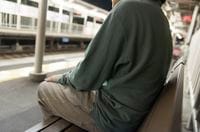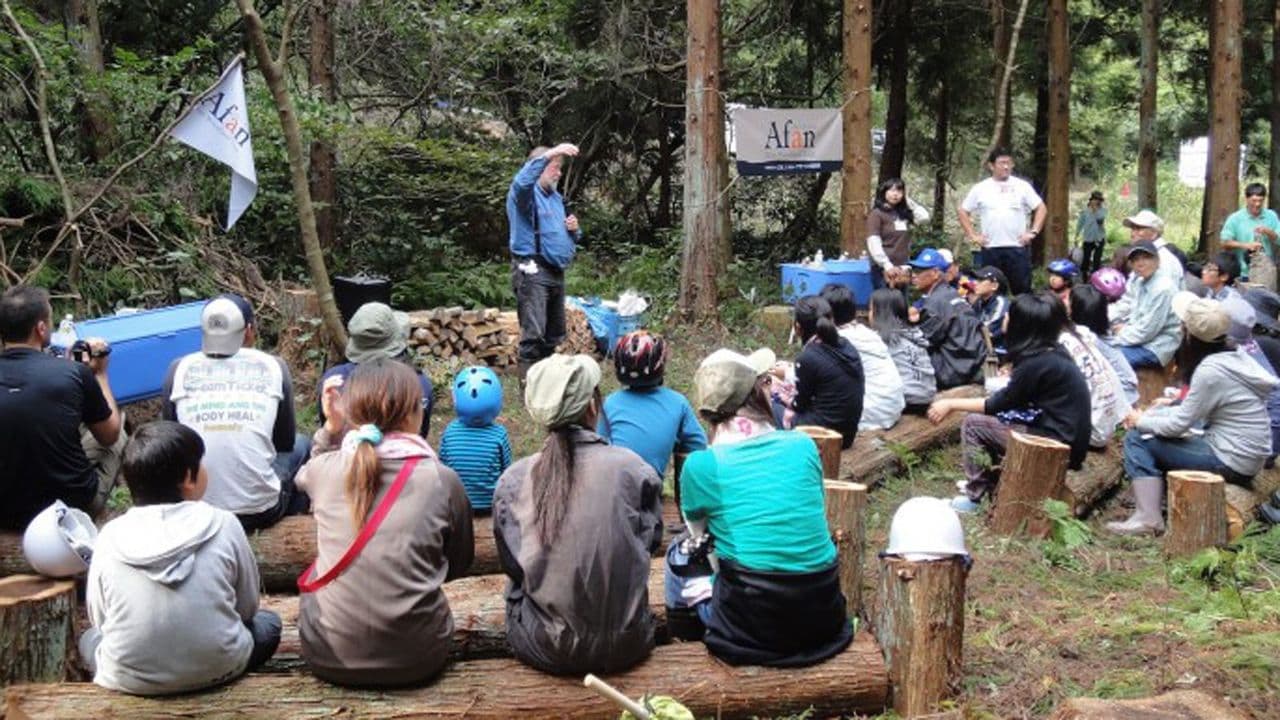
The city of Higashi-Matsushima in Miyagi Prefecture was devastated by the Great East Japan Earthquake of 2011. While the pace of the recovery remains slow, plans are underway in the Nobiru district to relocate buildings to higher ground. Part of the recovery effort is a project to merge two primary schools into one (Miyanomori Primary School) and transform that school into a “School in the Forest.”
Communing with nature essential to healing trauma
Writer C.W. Nicol has been an inspirational force in this project. He is known for beautifully restoring in his native Wales the “Woodland of Afan” --an area that was left to ruin after extensive mining. He also has developed a deep relationship with Japan that began with reviving the dead woodland of Kurohime in Nagano Prefecture in 1986 and the subsequent creation of the Afan Woodland Trust to continue the project.
The trust welcomed children traumatized by the Great East Japan Earthquake to its Afan Nature Centre. The opportunity to play in the woods and commune with nature restored smiles to the faces of those children.
Even the city employees and teachers accompanying the children felt revitalized after their visit, saying “Higashi-Matsushima city can be restored just like the forest in Kurohime, Nagano.”
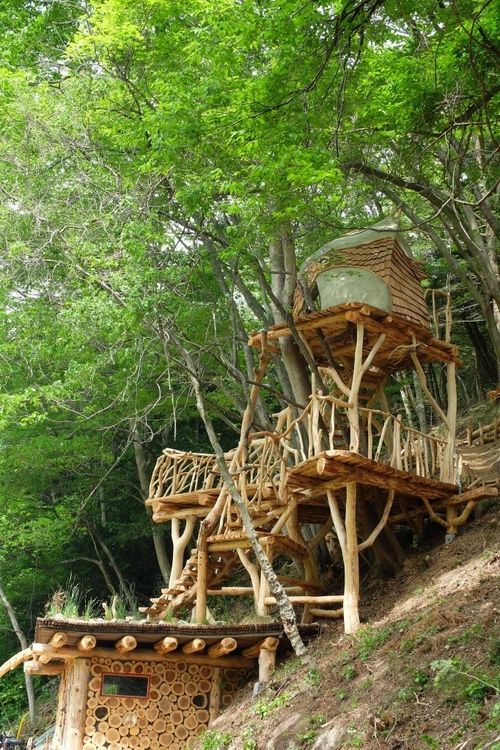
As Higashi-Matsushima city and the Afan Woodland Trust developed a closer relationship, Higashi-Matsushima city launched a project in 2012 that would combine the revival of the woodland around the city with Nicol’s idea for a school in the forest.
Nicol suggested that it was possible to build such a school without the traditional school buildings and grounds. So a tree house—symbol of the “school in the forest” was built in 2013.
Two years have passed and moss and flowers cover the tree house roof. With time the structure has blended in with the landscape. A careful look shows that the timber for the tree house retains the original shapes of the branches.
Nicol has pointed out that, “there are no straight lines in nature. Wood weakens through forcing it into a shape by stretching and shaving,”
Children use the tree house as their base while they play, work in the paddies, observe nature and learn to interact with a variety of living creatures. They directly experience the fact that human beings like all living things are simply part of a greater thing we call Nature.
Bringing nature into the classroom
A “horseshoe observation deck” was created in 2014 from which children could gaze at the sea. This was followed by a “Sound Shelter” in 2015 where they could commune with the forest.
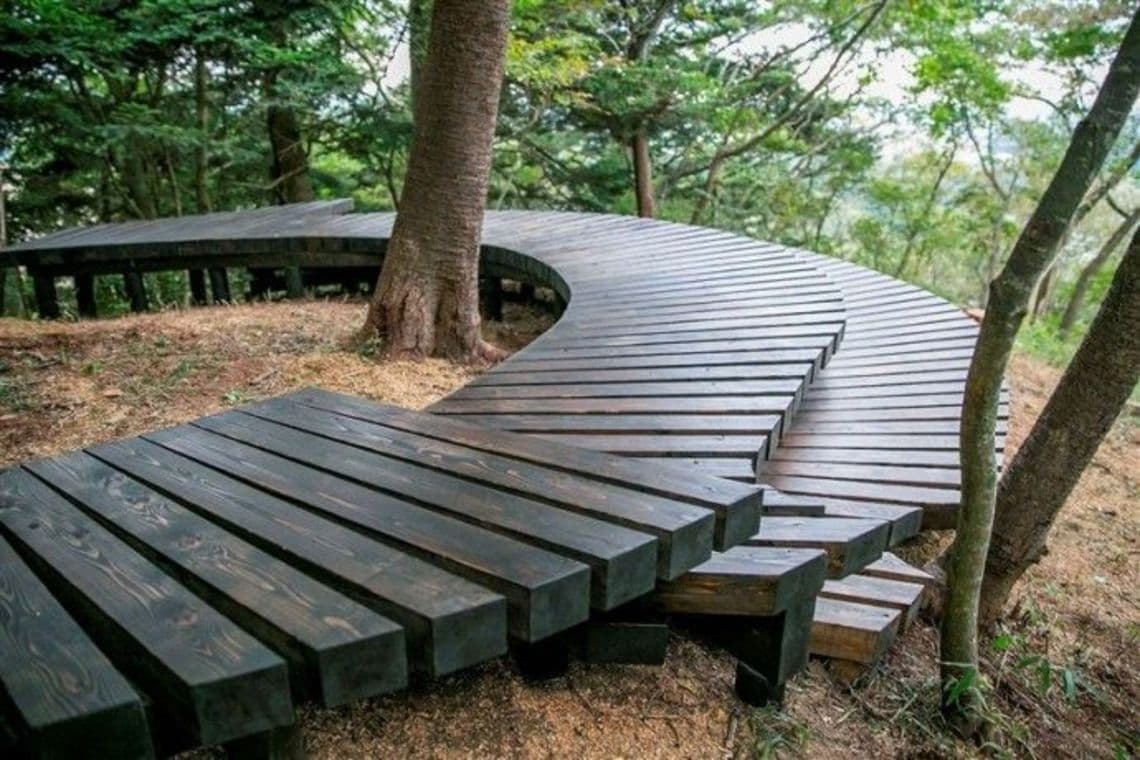
Even though the city of Higashi-Matsushima initiated this project, it was the Afan Woodland Trust that organized the funding and construction of it. Obtaining sufficient funds, attracting sponsors, building facilities and sourcing materials was a challenge.
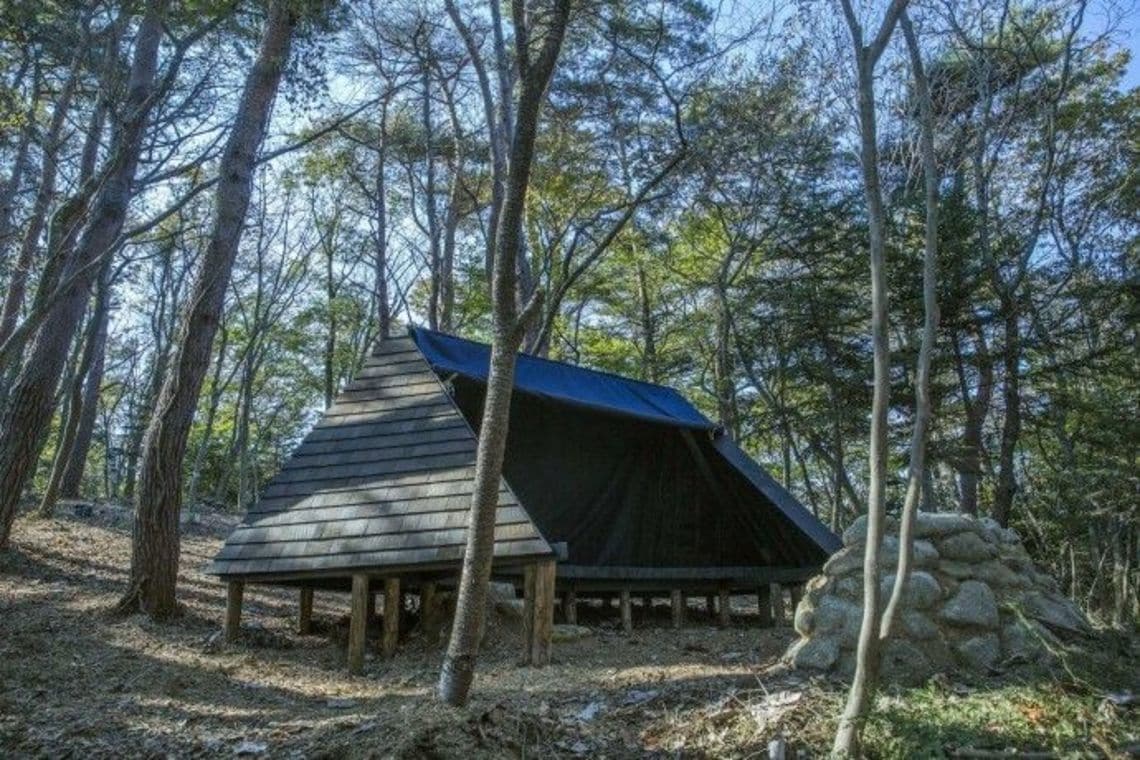
With generous help from the students of Professor Nobuaki Furuya at Waseda University the deck and shelter were built. From concept to design and final construction of the deck and shelter the students lived in makeshift accommodation while getting to know the children and the local community.
The trust will hand over the School in the Forest to the local community after it has formulated a curriculum and set of guidelines. If the city of Higashi-Matsushima is successful, this project will serve as a prototype for restoring woodlands all over Japan as well as establishing a strategy for post-quake recovery and revival for affected people and towns.
(Written by Keiko Minami)




